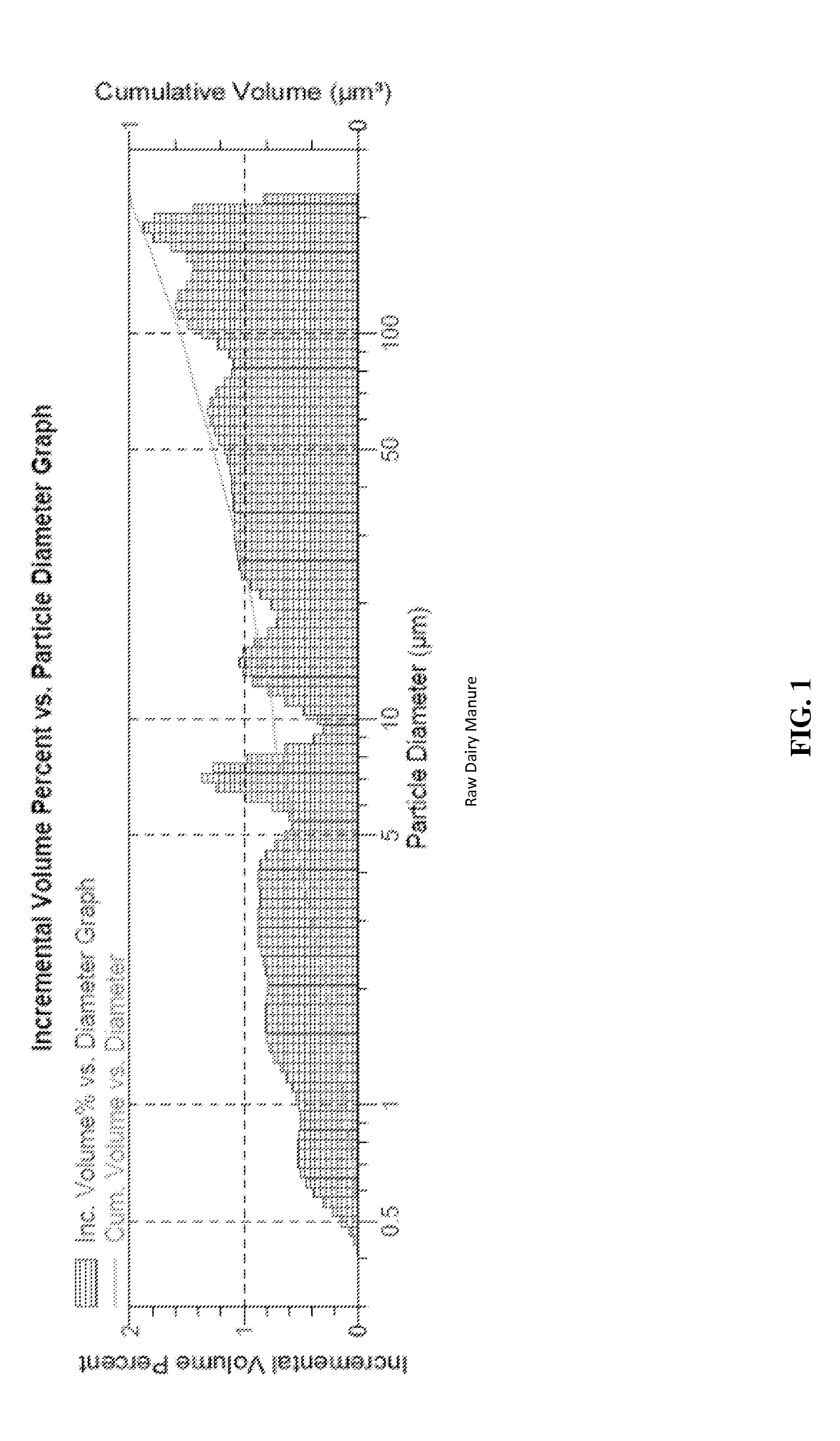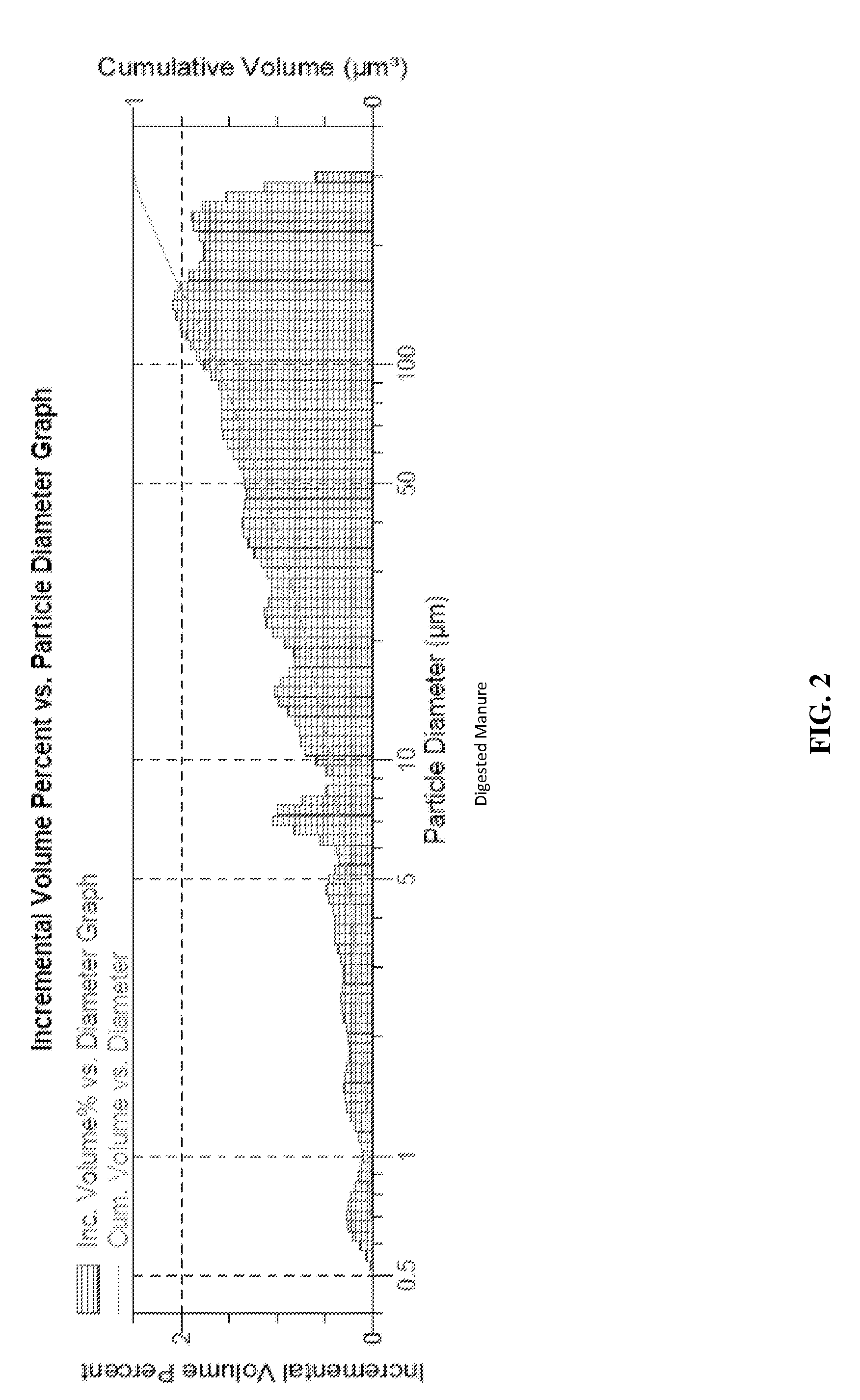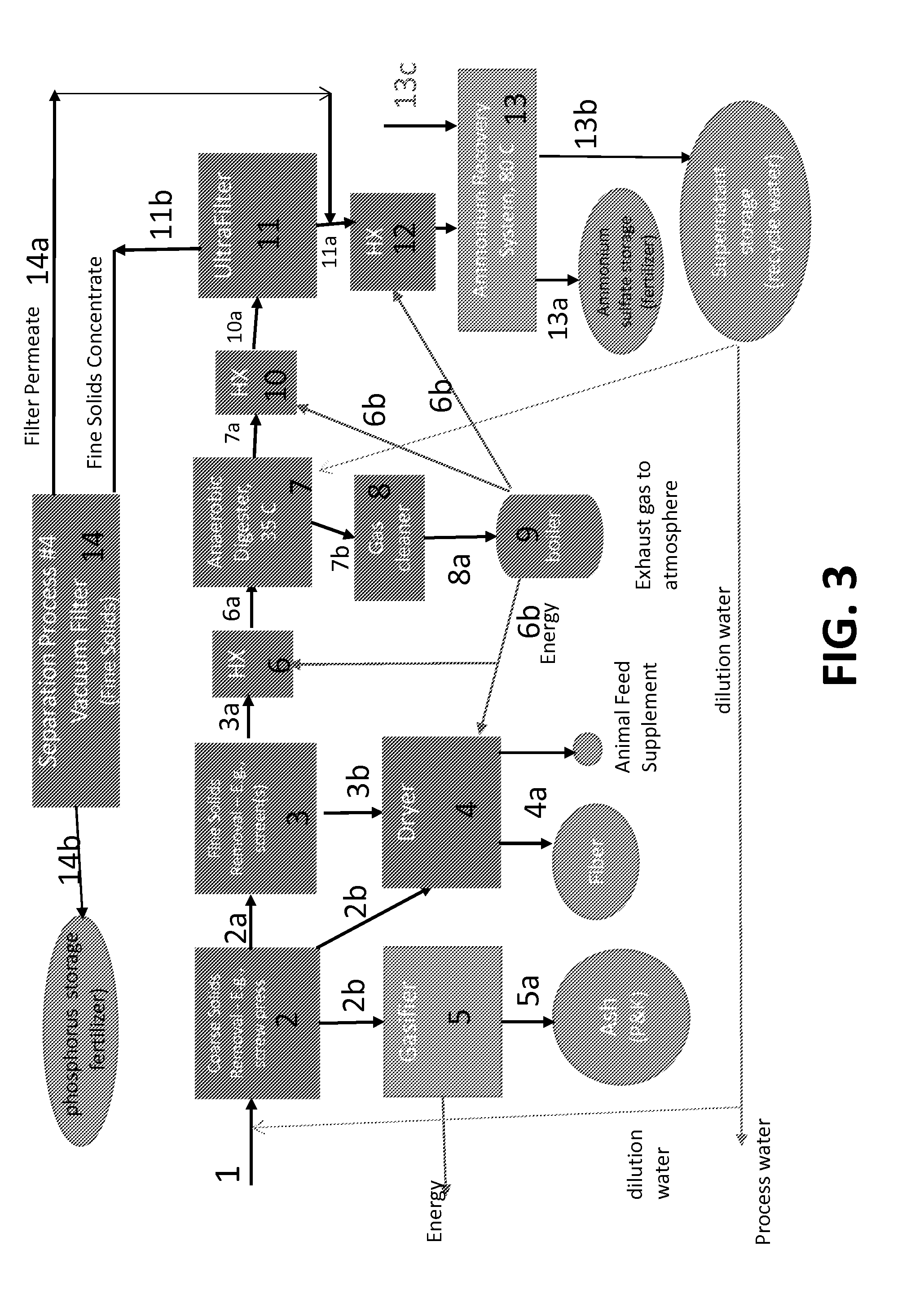Wastewater treatment using controlled solids input to an anaerobic digester
a technology of anaerobic digestion and controlled solids, which is applied in biological water/sewage treatment, multi-stage water/sewage treatment, filtration treatment, etc., can solve the problem of serious information gap in this field, and achieve the effect of reducing cost and maintenance, reducing waste water, and slowing down the ra
- Summary
- Abstract
- Description
- Claims
- Application Information
AI Technical Summary
Benefits of technology
Problems solved by technology
Method used
Image
Examples
Embodiment Construction
[0052]The accompanying drawings, which are incorporated in and constitute a part of this specification, illustrate embodiments of the invention and, together with the general description of the invention given above and the detailed description of an embodiment given below, serve to explain the principles of the present invention. Similar components of the devices are similarly numbered for simplicity.
[0053]FIG. 3 is a schematic drawing of one embodiment of the invention for the treatment of cattle manure (e.g., from a CAFO) comprising solids separation followed by anaerobic digestion, followed by further solids separation, followed by ammonia recovery.
[0054]As depicted in FIG. 3, raw manure with or without associated dairy waste generated at the CAFO 1 is transported to a solids separation process (it being understood that a mixing or holding tank / vessel could be used prior to solids separation). In FIG. 3, the solids separation process is depicted by a coarse solids separation uni...
PUM
 Login to View More
Login to View More Abstract
Description
Claims
Application Information
 Login to View More
Login to View More - R&D
- Intellectual Property
- Life Sciences
- Materials
- Tech Scout
- Unparalleled Data Quality
- Higher Quality Content
- 60% Fewer Hallucinations
Browse by: Latest US Patents, China's latest patents, Technical Efficacy Thesaurus, Application Domain, Technology Topic, Popular Technical Reports.
© 2025 PatSnap. All rights reserved.Legal|Privacy policy|Modern Slavery Act Transparency Statement|Sitemap|About US| Contact US: help@patsnap.com



